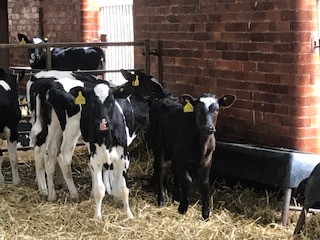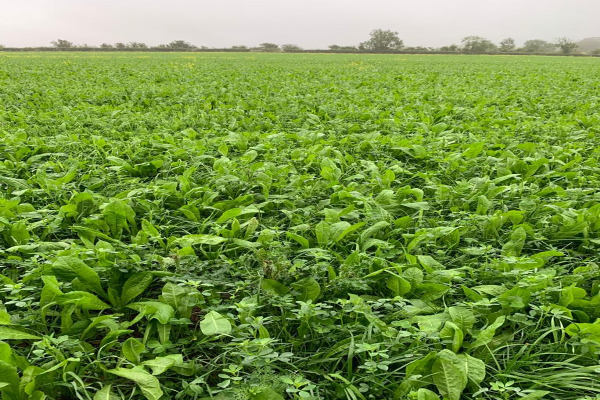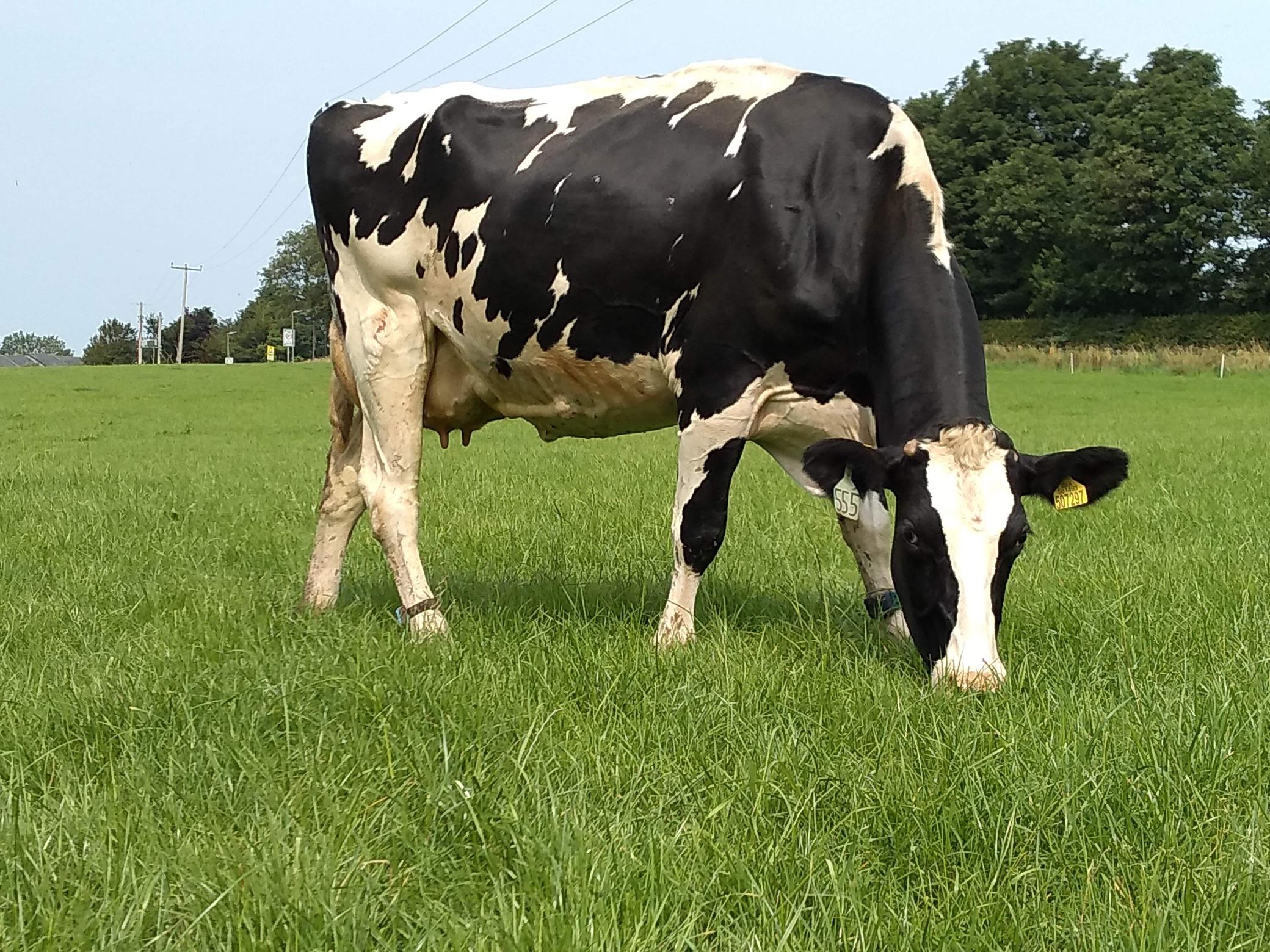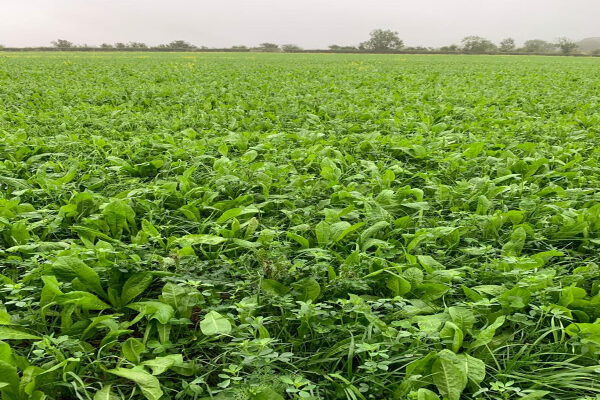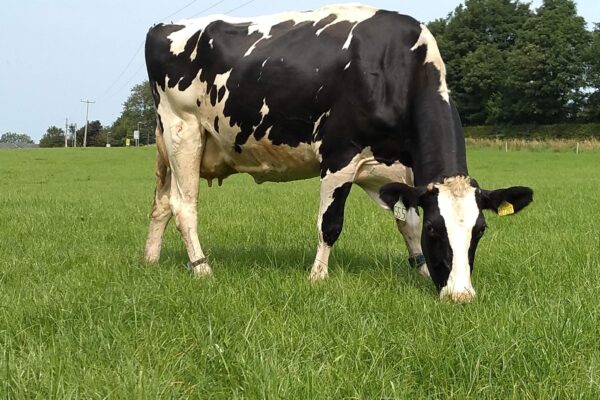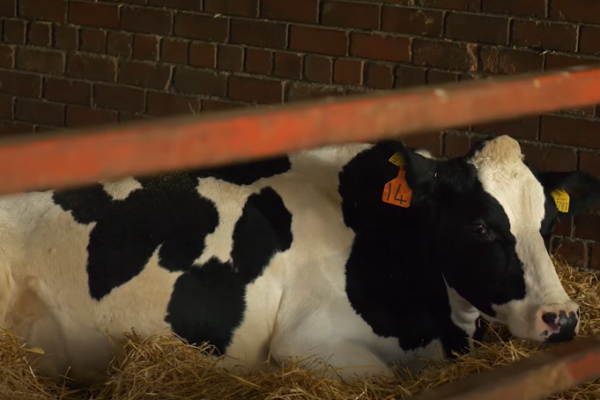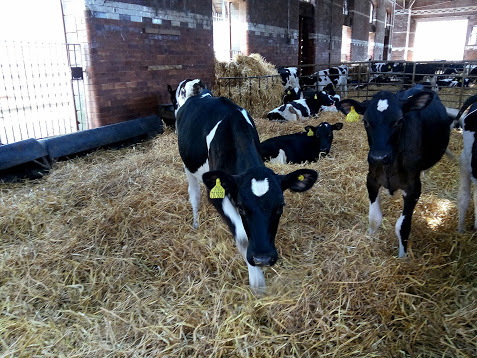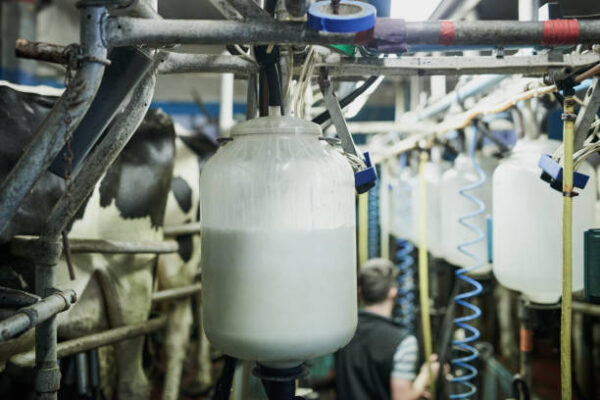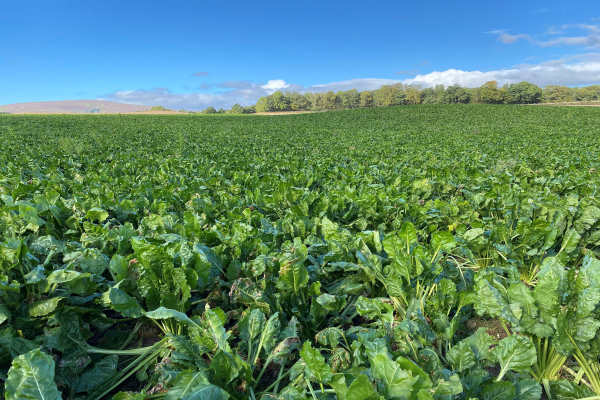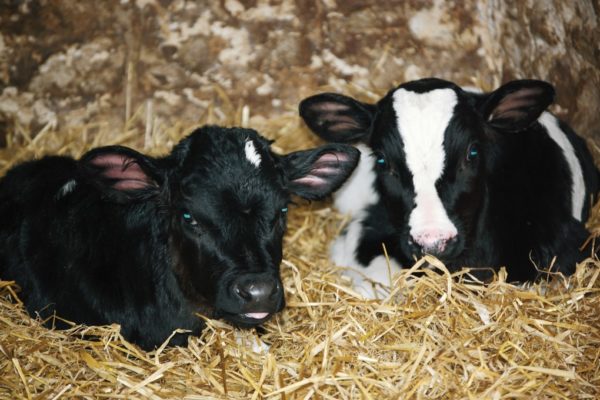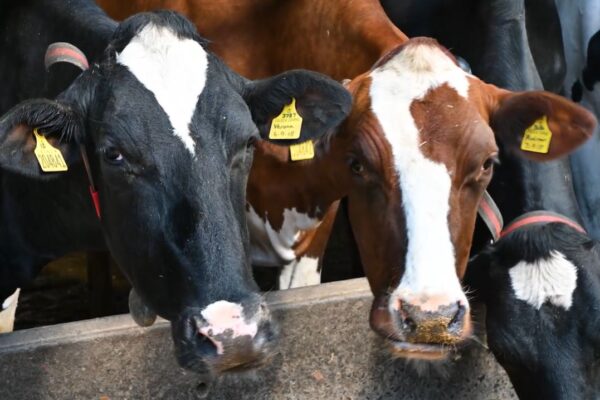Ventilation in Calf Housing through Summer
18 June 2024
As the weather warms steps need to be taken to prevent disease outbreaks in calves. Calf sheds should be well-ventilated to ensure cool fresh air is flowing through.
Air capacity recommendations per calf increases with the weight of the calves as shown in the table below.
Table 1: Minimum air capacity based on calf weight.
| Calf weight (kg) | Minimum air capacity per calf (m3) |
|---|---|
| 60 | 6 |
| 61-85 | 10 |
| 86-140 | 13 |
| 141-200 | 15 |
Source: AHDB 2024
Cobwebs and condensation in sheds are a sign of poor ventilation. If you are unsure whether your shed is adequately ventilated, smoke pellets are a useful way of highlighting areas of the shed where there is poor ventilation.
It can be difficult to achieve adequate ventilation in calf sheds as young calves do not produce sufficient heat to generate the stack effect. Therefore, a balance of inlets and outlets is essential to maintain good ventilation throughout the shed. The outlet area should be a minimum of 0.04m² per calf and typically at least 1.5m above any inlet. Inlet areas should be a minimum of 0.08m² per calf (0.04 m² in each sidewall).
If these specifications are not available in the shed, then a good option is to install positive pressure tube ventilation. This works by a fan being fitted to the side of the shed and then air from outside is blown into the shed space. Take care when choosing the fan and the length of tube as this can affect the circulation of air. Fan capacity should be between 35-105m3/h per calf, (AHDB, 2024). The air flow should never be turned off, especially through the summer where the warm weather could cause the calves to overheat. At temperatures of over 25̊ C calves can become heat stressed. The target air speed should be 0.3m/s at 1.2m above the floor to reduce draughts which may affect the calves and their ability to regulate body temperature (AHDB, 2024).
When thinking about installing a positive pressure tube ventilation, there are a few things to be aware of:
- The length and width of the area to be ventilated.
- The eaves to ridge height.
- Maximum number of calves in the shed.
- Height of the tube above the pen floor area.
- The location of the tube on aspect to the width of the building.
If this type of ventilation system is not a practical option for the shed and you are thinking about new calf accommodation, there are many alternative types of housing to consider. Some options include but are not limited to:
- Purpose built portal frames - this is a fixed structure which needs the same infrastructure as a general-purpose shed, such as a flat surface to build on and a steel frame, with individual pens with feeders and drinkers and a drain for effluent.
- Individual hutches - these require a concrete or hardcore base with a drain. Depending on the available space, each hutch can be differently designed to allow for optimum ventilation and access depending on where they are situated.
- Group hutches are very similar in design to individual hutches but are bigger to accommodate more calves in each pen. This is a good system for socialising the calves, however, care should be taken to closely monitor calf health for diseases that can spread rapidly in group pens.
- Lightweight structures like polytunnels and calf pods/igloos are also available and usually do not need planning permission (check with local authorities). This type of housing will need a frame and plastic/polypropylene walls, pen divisions and concrete base and a drain with feeders and drinkers. These types of accommodation can be designed for group or individual housing.
When deciding the housing type for your calves, key things to keep in mind are costs, practicality, location, hygiene and labour. Once set up, the improved housing environment can help to greatly reduce disease risks as well as increasing calf welfare and growth performance.
Helen Cowie, SAC Consulting
helen.cowie@sac.co.uk; 01631 563093
Related Resources
Sign up to the FAS newsletter
Receive updates on news, events and publications from Scotland’s Farm Advisory Service

